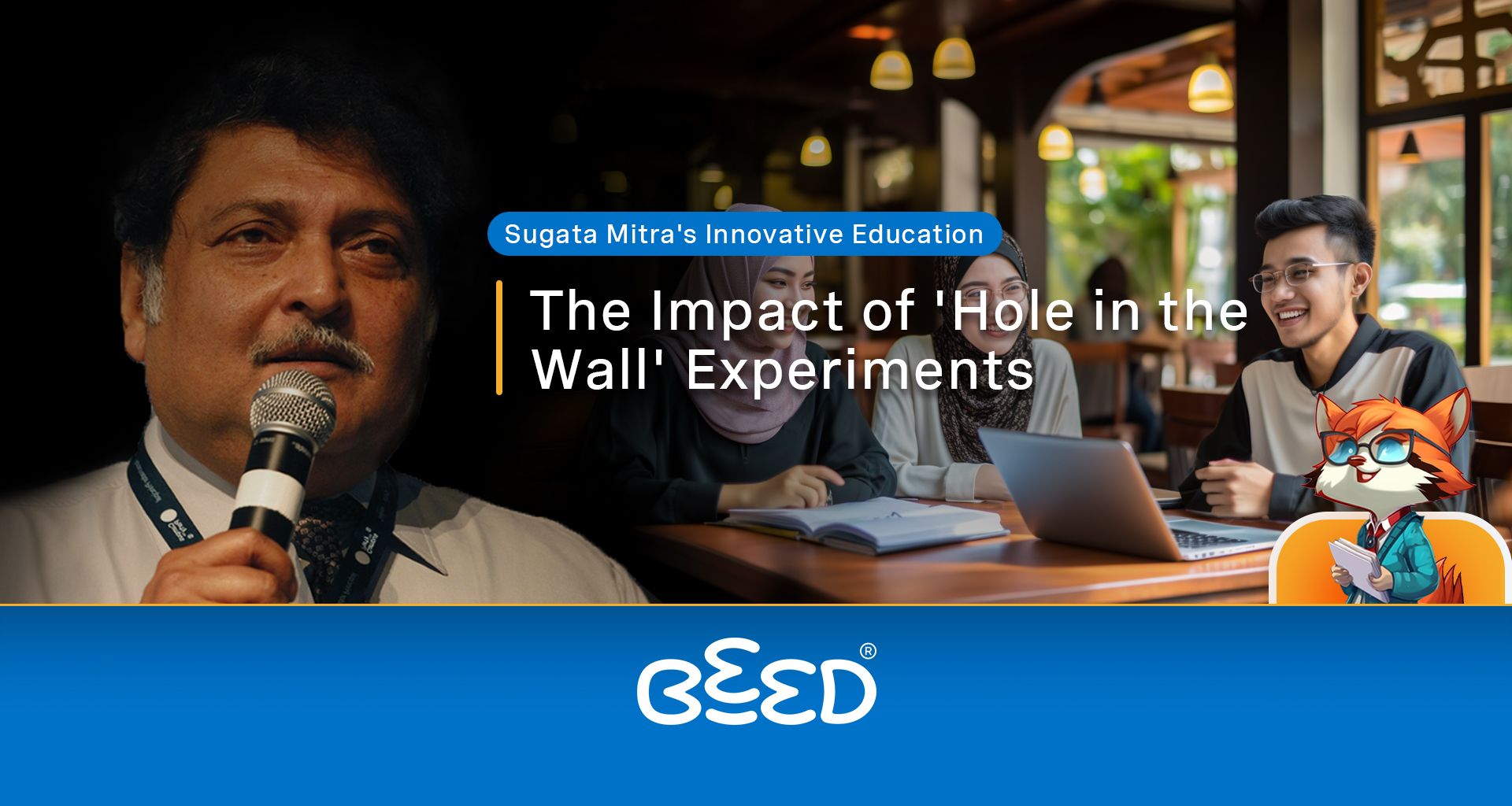The Impact of Sugata Mitra's 'Hole in the Wall' Experiments

Sugata Mitra is an Indian computer scientist and professor of education technology at the National Institute of Advanced Industrial Science and Technology in Japan. He is known for his Hole in the Wall experiments, in which he installed internet-connected computers in public places in slums in India and observed how children used them to learn.
In 1999, Mitra conducted the first hole-in-the-wall experiment in a slum in Kalikuppam, India.
He installed a computer on the wall of a building and observed how children used it to explore the internet. Mitra found that the children were able to learn how to use the computer with little or no instruction from adults.
Mitra has conducted hole-in-the-wall experiments in over 20 countries around the world. His research has shown that children are capable of self-directed learning, especially when they are given access to the Internet.
Mitra's work has been praised by educators and policymakers around the world. He has won numerous awards for his work, including the TED Prize in 2013.
Mitra is an inspiration to millions of people around the world. He shows us that it is possible to make a difference in the world through education. His work has shown that children are capable of learning on their own, especially when they have access to the Internet.

How can BeED help educators achieve their goals?
BeED is an educational technology platform that provides learners and educators with the tools they need to succeed. BeED's system is designed to be flexible and adaptable, so it can be used in a variety of settings, including schools, homes, and community organizations.
BeED's system provides educators with a variety of tools, including:
Improving learner-learning outcomes: BeED's personalized learning platform and digital resources help students learn at their own pace and on their own terms. This can lead to improved learner-learning outcomes.
Saving time and resources: BeED's system can help educators save time and resources.
For example, BeED's digital resources can be used to create custom lesson plans and assignments. Educators can also use BeED's data analytics tool to track learner progress and identify areas where learners need additional support.
Creating a more engaging learning environment: BeED's collaboration tool and digital resources can help editors create a more engaging learning environment. Learners can work together on projects and assignments, and they can use BeED's digital resources to learn in a variety of ways.
In addition to the above, BeED's system is aligned with Sugata Mitra's philosophy of self-directed learning. BeED's personalized learning platform allows learners to learn at their own pace and on their terms, and BeED's library of digital resources provides learners with access to a wealth of information and learning experiences.
BeED's system can help educators create a learning environment where learners are encouraged to explore and learn on their own.